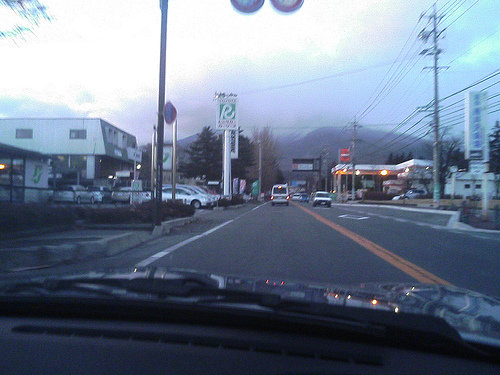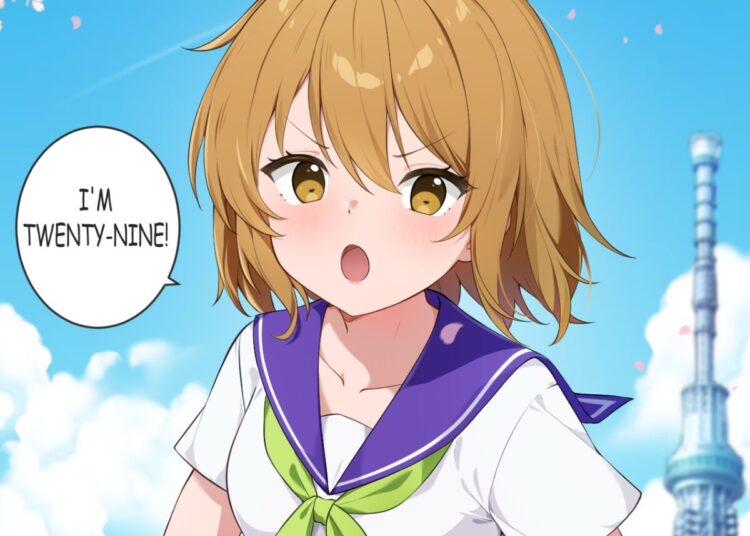We’ve entered that hectic time near the end of the year that the Japanese call shiwasu, which was originally the name for the 12th month under the lunar calendar, and which now describes that extra-busy few weeks at the end of the year when no one has enough time to do the things they need to get done. This is the month companies will have their bonenkai (boh-nen-KAI) which literally means “forget the past year party,” a long tradition going back to the Kamakura Period (1185-1333). A bonenkai is a big party held by companies or other groups where everyone eats, drinks and looks back on the events of the past year — it’s a great stress reliever, and lots of fun. December is also the season for OH-soji or “big cleaning”: you always clean your house from top to bottom in December so you can start the new year with a clean house (especially the doors — for some reason clean doors are very important). Every third TV commercial these days is an advertisement for cleaning supplies with bizarre names like “Quickle Wiper” and “Charmy Green.”
Like all languages, the Japanese language has many dialects, from well-known ones like Osaka-ben and Kyoto-ben to the unintelligible utterances of people from the Tohoku region of northern Honshu, whose strangely inflected speech is caused (according to one theory) by centuries of living in the cold, which encouraged people to learn to speak with shorter words and not open their mouths as widely while talking. When the capital of Japan was officially moved from Kyoto to Edo (which was renamed Tokyo or “East Capital” in homage to the cities of Beijing and Nanjing, “North Capital” and “South Capital” respectively), the official language of Japan became the dialect used in Tokyo. Today Japanese from all regions of the country have to come to terms with this bi-dialectical aspect of their language, the existance of their own local dialect in relation to the “official” language taught in schools, which can differ quite a lot. In the U.S., we don’t have a physical region that we define standard American English by, just as we lack an official body to define the boundaries of our language like the L’Académie française in France — whatever dialect they’re using on the evening news is the most accurate bellweather of standard American English, for the most part.
I see that the U.S. Treasury is going to be adding color to its bills soon, introducing shades of blue and orange to the $20 and $50 bills. The Japanese have always used money that was colored very differently — blue for the 1000 yen note, purple for the 5000 yen and brown for the 10,000 yen note. Having differently colored money makes it easier to use and lessens the chance you’ll plunk down the wrong bill at the supermarket, an important consideration in a country where 20% of the population is age 65 or older. When Japanese go to the U.S., they need to be careful to avoid making mistakes with their dollars.
It’s 2006 calendar season around here, and we’re happy to announce we got about 20 restocked calendars on the site, including lovelies Leon Kadena and Ryoko Mitake, lots of Japanese gardens, castles and beautiful kimono idols, anime calendars like School Rumble and Fullmetal Alchemist, and other cool calendars like The Dog, Gamera, and more. Our calendar stock continues to be under a lot of pressure as dozens of orders flow in daily, so browse our restocked calendars today before the items you want disappear. J-List products make great gifts for those special otaku on your list, and we hope you’ll check out our new products and put in your order!
















